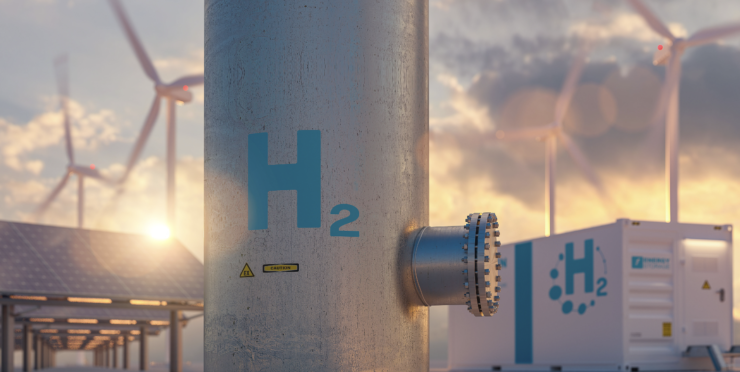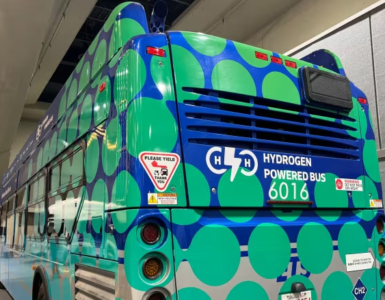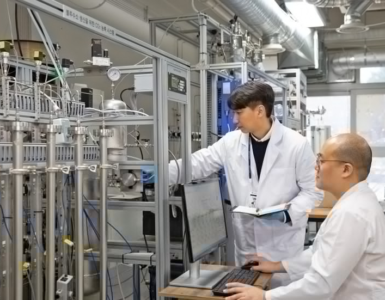IEEFA – Bad news for blue hydrogen.
The U.S. Department of Energy (DOE) is negotiating with several companies to build costly hydrogen hubs that derive hydrogen from natural gas (methane), but the agency must ask hard questions before committing any more public funds for the “blue hydrogen” projects, according to the latest Institute for Energy Economics and Financial Analysis (IEEFA) report.
Public dollars should not be sunk into projects that are likely to fail to achieve financial viability due to a weak market, IEEFA warns, and the market scenario for hydrogen in vehicular transportation is particularly troubling.
The scale of the hydrogen push does not make sense from an economic perspective. Despite the influx of federal funding, the long-term viability of the proposed hydrogen hubs (H2Hubs) will likely still be ruled by actual market forces.
🔥 What about we co-host a webinar? Let's educate, captivate, and convert the hydrogen economy!
Hydrogen Central is the global go-to online magazine for the hydrogen economy, we can help you host impactful webinars that become a global reference on your topic and are an evergreen source of leads. Click here to request more details
In a 2022 report, IEEFA found hydrogen had an extremely limited future in the market, including vehicular transportation, warning that the H2Hubs may be obsolete before they launch. With the rapid advances in battery electric technology and sustained growth in its market share, the market scenario for hydrogen in vehicular transportation is even more dubious today.
Suzanne Mattei, IEEFA energy policy analyst and author of the report, said:
DOE is under pressure to put the cart before the horse—to build hydrogen projects based on unproven technologies and undemonstrated markets.
“But the agency has statutory authority to use good judgment to avoid sinking tax dollars into white elephants.”
Six of the seven hydrogen hubs selected by DOE to receive federal funding intend to market some portion of the hydrogen gas for use in transportation. The infrastructure required will take some years to develop. Given market trends, time is not on hydrogen’s side. This IEEFA report, part of a series, examines the dwindling market for hydrogen in vehicular transportation.
The report finds:
- DOE makes unrealistic assumptions about the vehicle market for hydrogen. In 2020, it projected hydrogen could power 18% of cars and 26% of light-duty trucks. Now, just three years later, the agency recognizes hydrogen technology has lost to battery electric technology in the light-duty vehicle market.
- Battery electric vehicles (BEVs) will dominate the U.S. market for zero-emission passenger cars, pickup trucks and other light vehicles because car manufacturers and customers have overwhelmingly moved in that direction.
- Battery technology is making significant inroads into bus and medium-duty truck sales, and is already predicted to dominate the zero-emission medium-duty truck market. Projections indicate battery technology also is likely to capture most of the short-haul heavy-duty truck market.
- BEVs also may well encroach on the regional long-haul market. Only 9% of U.S. trucks are engaged in long-haul service, defined by DOE as trucking more than 250 miles, and within that segment, an even smaller portion accounts for trips of a distance of 1,000 miles or more.
DOE should scale any investment of tax dollars in hydrogen to the narrow realities of the market.
READ the latest news shaping the hydrogen market at Hydrogen Central
IEEFA – Bad news for blue hydrogen. source








